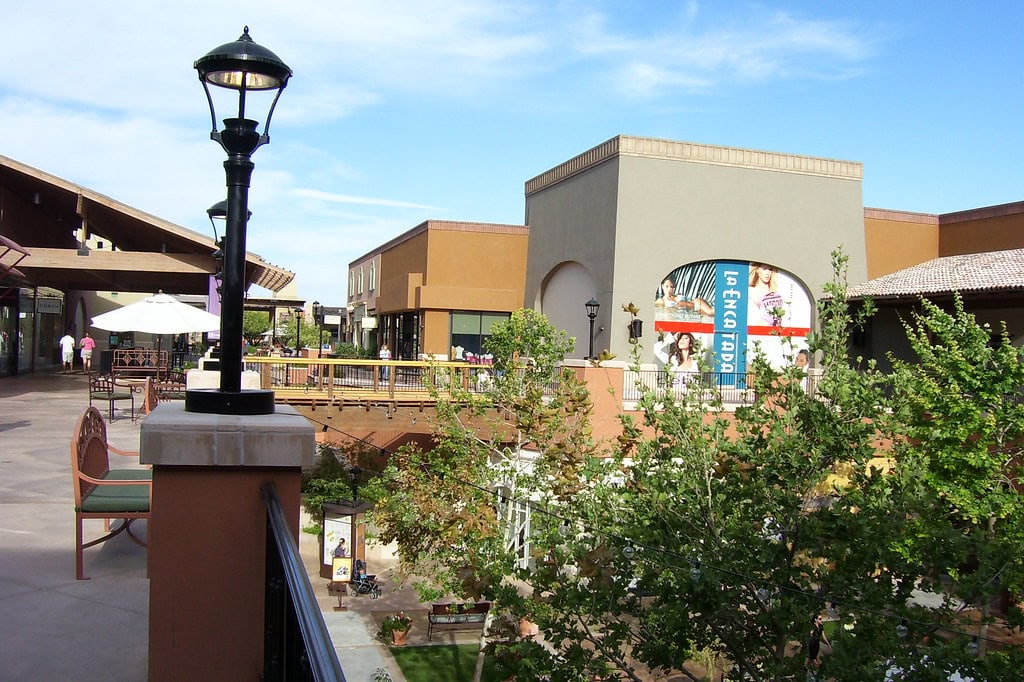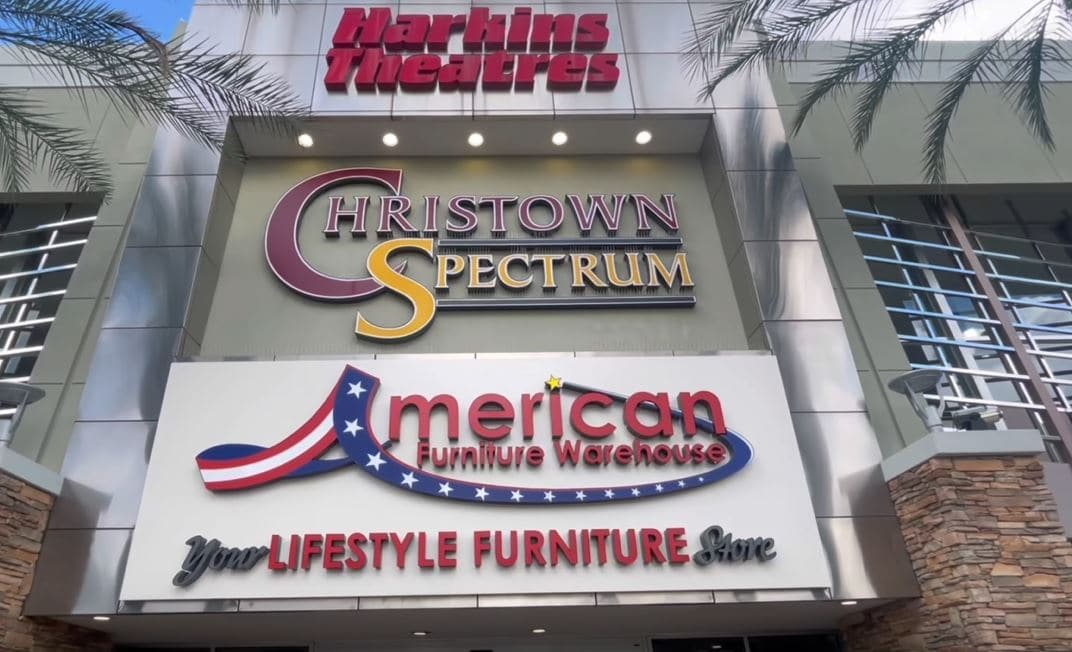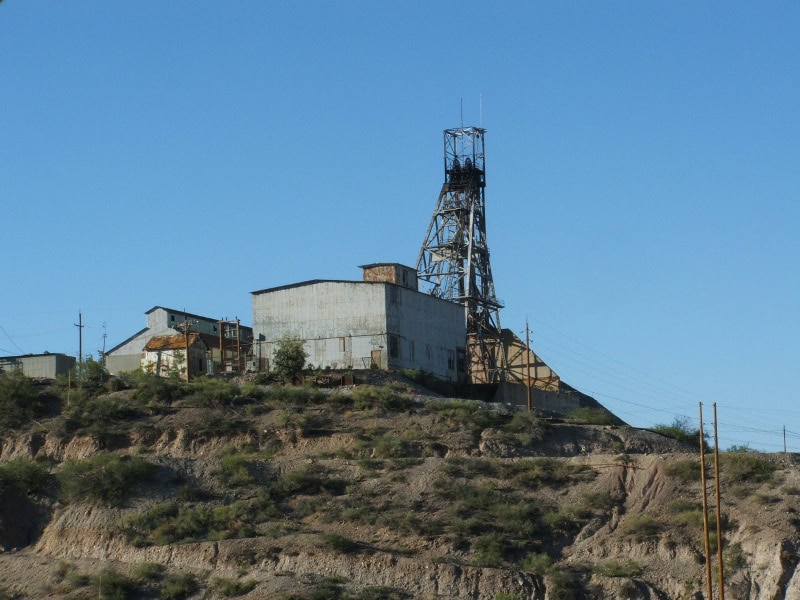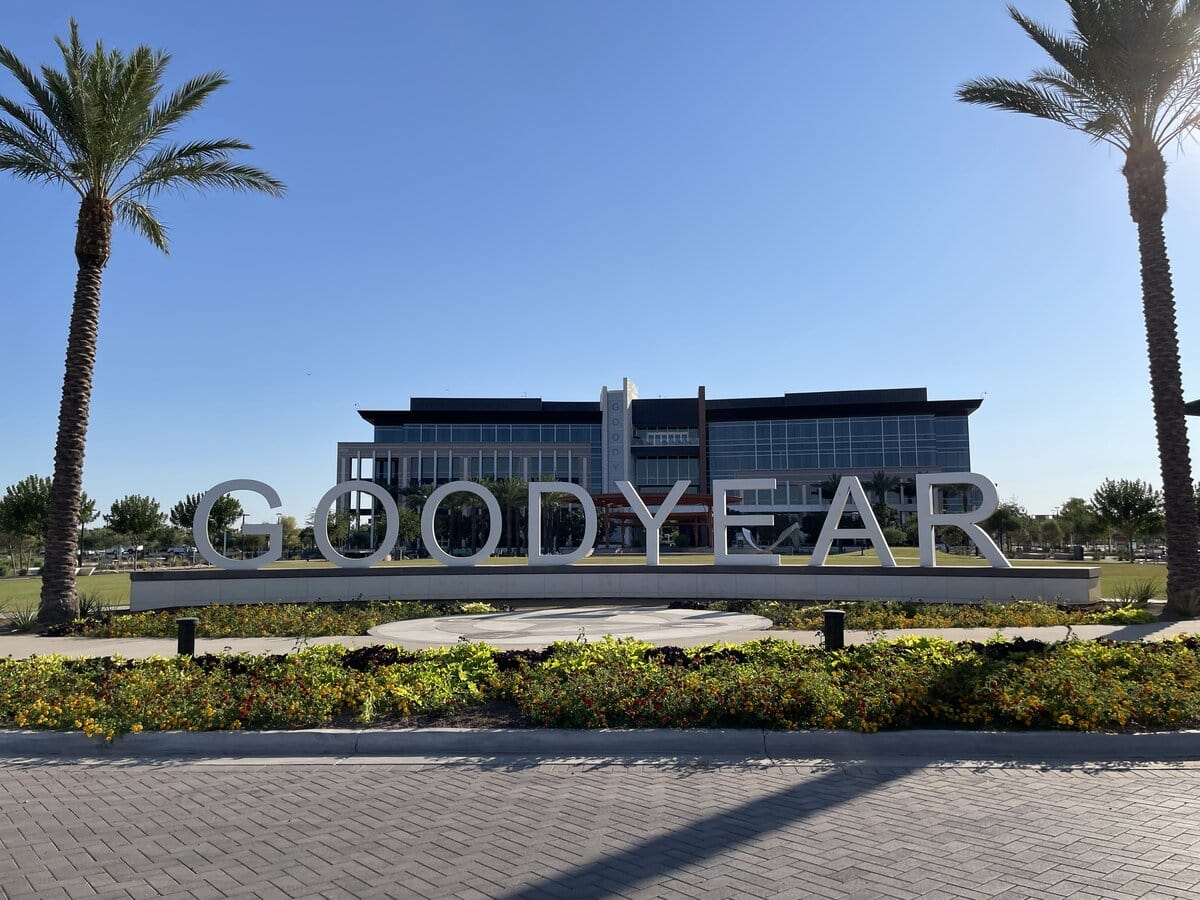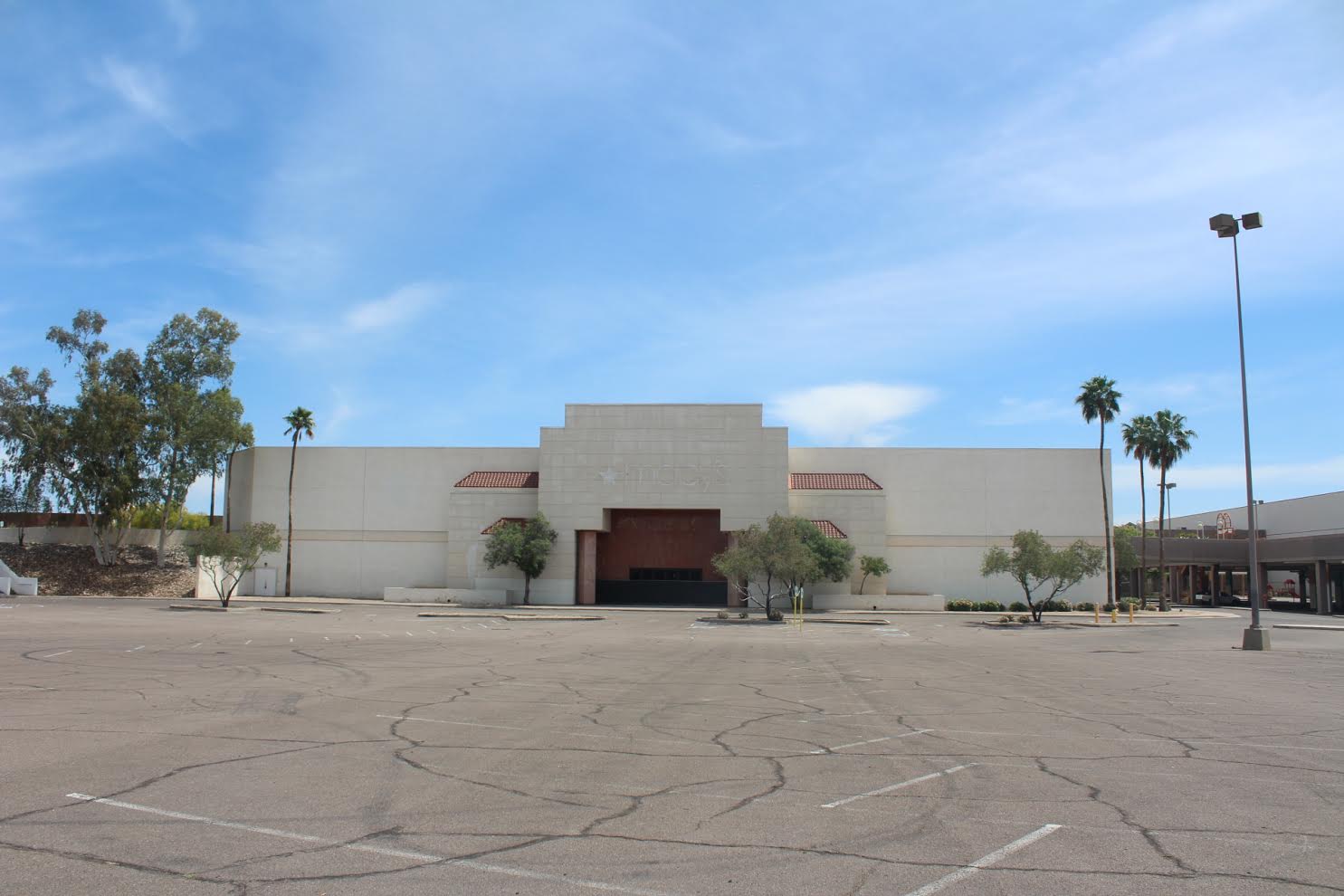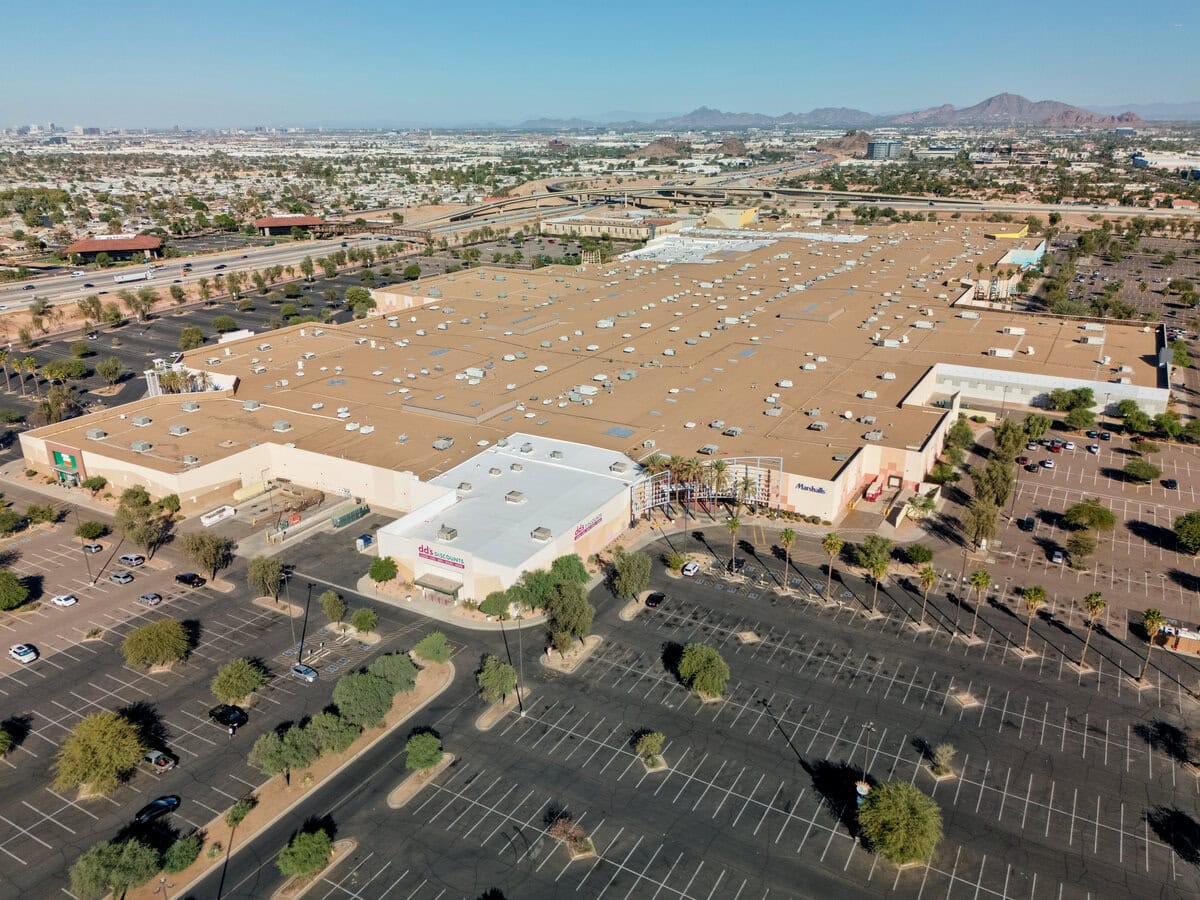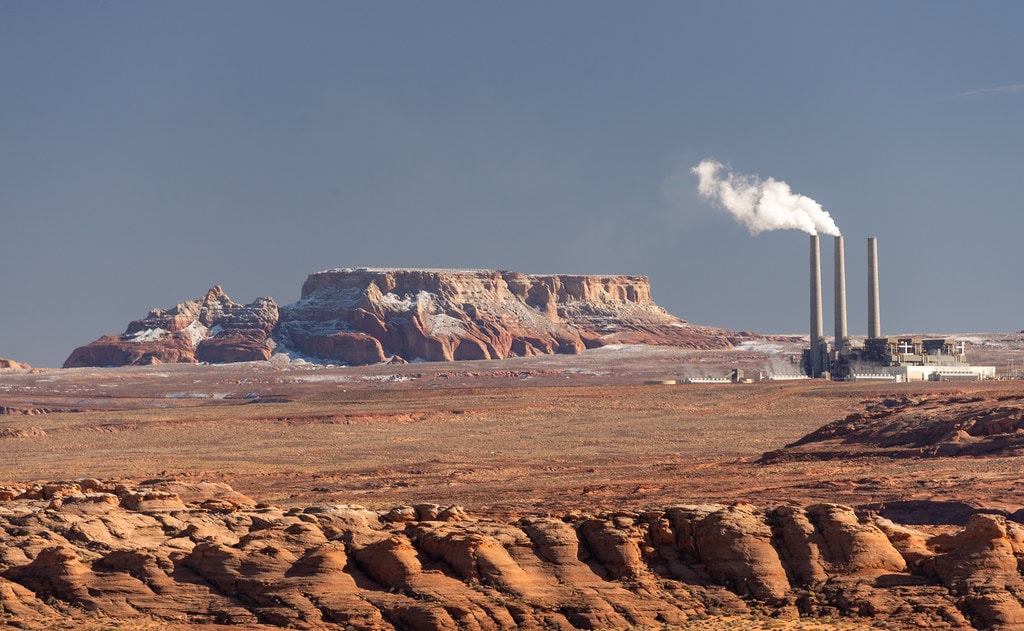Goodyear, Arizona, doesn't always make the headlines, but a closer look turns up more than a few surprises.
Here are 10 facts that cover lost cotton fields, a ballpark with major league pull, a desert lake, and one bridge that's older than the city itself.
Some facts trace back to railroad days; others belong to the crowds lining up for spring training each March.
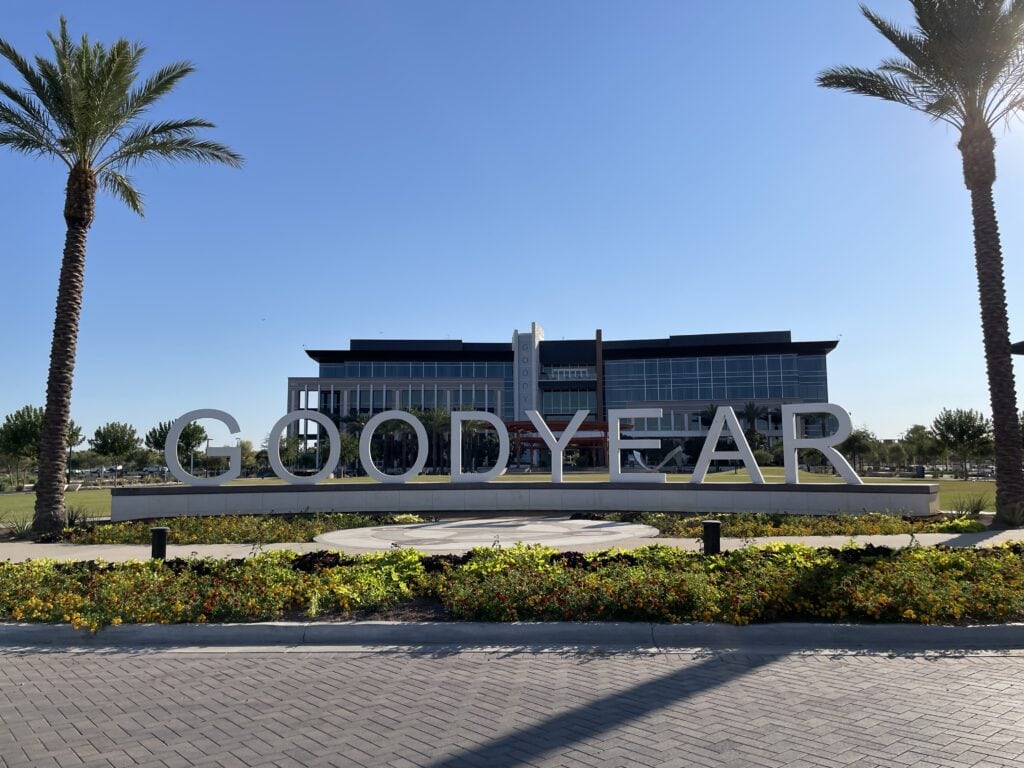
A couple might sound familiar if you've driven past Estrella Mountain or noticed a street named after a tire company.
See how many you already know, and which ones you've never heard.
Maybe one or two will make you pause the next time you pass through, especially if you spot that old depot or catch the sound of music floating over the water.
Goodyear was founded in response to the tire industry's demand for cotton.
Goodyear got its start because the tire industry needed cotton.
In 1917, the Goodyear Tire & Rubber Company bought over 16,000 acres in the area to grow long-staple cotton for airplane tires during World War I.
The company built houses, stores, and a community center for its workers, transforming the farmland into a functioning company town.
Goodyear kept its name when it became a city in 1946.
A few original buildings, including a blimp hangar and historic warehouses, remain standing and serve as reminders of the city's early days.
Residents often mention this industrial background, and street names across the city still reflect the Goodyear connection.
Goodyear is one of the fastest-growing cities in Arizona, with its population increasing by nearly 500% over the past two decades.
Goodyear has been among Arizona's fastest-growing cities, with its population jumping from around 18,000 to nearly 100,000 between 2000 and 2020.
The growth primarily stems from new master-planned neighborhoods, business parks, and shopping centers, many of which are built on former farmland and desert land.
Many families move here for the new schools, parks, and relatively affordable homes compared to the Phoenix suburbs to the east.
Companies like Amazon and Nike have built major distribution hubs in Goodyear in the last several years, drawing new jobs and more residents.
The city planning office is constantly publicizing new developments, and locals discuss the steady arrival of new neighborhoods, stores, and chain restaurants.
The Cincinnati Reds and Cleveland Guardians train at Goodyear Ballpark every spring.
Goodyear Ballpark, which opened in 2009, serves as the spring training home for the Cincinnati Reds and Cleveland Guardians.
The stadium holds around 10,000 and brings in thousands of fans each March. Local hotels and restaurants see more business during this season.
The city built the ballpark to attract professional sports and visitors, and the site also gets regular use from youth baseball leagues, high school tournaments, and city-sponsored events when MLB teams aren't in town.
During spring training, fans can attend open practices, autograph sessions, and a range of family-friendly activities.
Having two major league clubs training here is still a big point of pride for residents and a steady economic boost for the area.
Estrella Mountain Regional Park, south of Goodyear, provides 19,000 acres of outdoor recreation.
Estrella Mountain Regional Park is situated along Goodyear's southern edge, spanning over 19,000 acres.
It's one of the largest parks in the Phoenix metro area, with miles of trails for hiking, biking, and horseback riding.
There are playgrounds, ballfields, and shaded picnic areas.
Bird watchers come for the river habitats along the Gila, and paved trails see steady use by runners and cyclists.
Local schools and groups hold races, nature walks, and outdoor events here throughout the year.
The landscape features a mix of mountain slopes, desert washes, and groves of cottonwood trees, showcasing the natural side of Goodyear right alongside the city.
The Gila River Bridge on Old US 80 is a historic landmark in Arizona.
The Gila River Bridge is a piece of Arizona's early highway history that continues to serve local drivers.
Built in 1927, a steel through-truss bridge with a concrete deck, with its narrow lanes and original railings, once carried the main east-west highway through this part of the Valley, before interstates took over.
Its construction helped connect Goodyear and Phoenix with California.
Locals consider the bridge an underrated landmark, valued for both its historical significance and the quality of its construction.
Old alignments of US 80 and traces of early roadside businesses are still visible nearby, leftovers from the era before Interstate 10 shifted most of the traffic north.
Goodyear's historic Litchfield Train Depot remains a symbol of the city's origins.
The Litchfield Train Depot was built in the 1920s to serve the Goodyear Farms and its cotton operation.
Located on the Union Pacific rail line, the depot served both freight and passenger traffic until the 1970s.
The building now serves as an event venue and local history museum, preserving photographs and artifacts from the early agricultural days.
Many longtime residents recall the depot's importance for everything from school trips to the delivery of goods.
Its Spanish Revival architecture and original signage have been restored, and the depot remains a visible link to Goodyear's early role as a company town centered on farming and industry.
Goodyear's Estrella Lakes neighborhood contains one of Arizona's few manmade lakes.
Estrella Lakes, situated within the Estrella master-planned community, comprise two artificial lakes spanning over 70 acres.
The lakes are used for boating, fishing, and community events, including outdoor concerts and regattas.
Non-motorized boats and kayaks are allowed, and residents fish for bass and catfish.
The lakes are surrounded by walking and biking paths.
They are bordered by homes, providing many residents with water views in the midst of the desert.
The neighborhood's lakefront lifestyle stands out in a region better known for dry washes and saguaro cactus, and the lakes are a favorite spot for picnics and evening walks.
The city hosts the annual Goodyear Lakeside Music Fest, drawing crowds from across the West Valley.
Goodyear's Lakeside Music Fest is held every spring at Estrella's North Lake amphitheater.
The free, all-ages event features live performances from local and regional bands, food trucks, and art vendors.
Families bring blankets and lawn chairs to the lakeshore to enjoy the music and watch the fireworks at sunset.
The festival attracts thousands of attendees, helping to raise the city's profile as an entertainment destination.
Organizers highlight local talent and use the festival as a way to connect residents from Goodyear's many neighborhoods.
The event is seen as a showcase for the city's growth and growing arts scene.
Palm Valley is home to one of the region's best public golf courses.
Palm Valley Golf Club opened in 1993 and quickly established a reputation for its well-maintained greens and stunning mountain views.
The club features a championship 27‑hole layout, designed by Arthur Hills, as well as three distinct 9-hole executive courses.
Tournaments and charity fundraisers are held regularly, and the club's restaurant and banquet facilities are used for weddings and local gatherings.
Many residents use the driving range or attend golf clinics, and the course is open year-round.
Palm Valley's course is a popular destination for both serious golfers and families seeking a weekend activity.
Goodyear's city library was the first in Arizona to offer curbside book pickup during the 2020 closures.
When public buildings closed in early 2020, Goodyear's library staff developed a curbside pickup system that let residents check out books, DVDs, and educational materials without entering the building.
The service was adopted quickly by parents, teachers, and anyone needing materials while schools and offices were closed.
The program expanded to include craft kits and remote printing services.
Goodyear's approach was recognized by statewide library groups and inspired similar systems in other Arizona cities.
The library's quick response helped keep local families connected to reading and learning during a challenging time.


